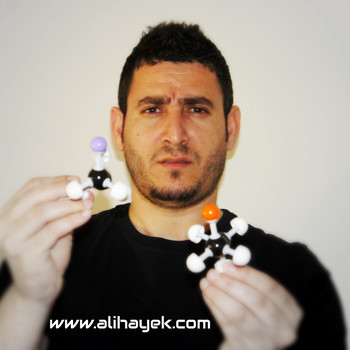Question #e32b6
2 Answers
Explanation:
- Oxidation:
2S_2O_(3(aq))^(2–) -> S_4O_(6(aq))^(2–) + 2e^-
- Reduction:
I_(3(aq))^(–) + 2e^(-) -> 3 I_((aq))^(–)
the overall reaction then:
- Redox:
From the balanced equation, we can say that:
(1)/"1" * n_(I_3^(–)) = (1)/"2" * n_(S_2O_3^(2–)) .
where the denominators 1 and 2 were taking from the corresponding coefficients of
Now,
[I_3^–] .V = (1)/"2" * [S_2O_3^(2–)] * V^'
(since
V^' = "10.50 mL " and" "V = "15.00 mL"
Therefore,
[I_3^–] = (1)/"2" * [S_2O_3^(2–)] * (V')/"V"
[I_3^–] = (1)/"2" * "0.0500M" * (10.50 cancel("mL"))/(15.00 cancel("mL")) = "0.0175M"
(rounded to 3 significant figures)
I would like to suggest the following video, that deals with a similar example in terms of stoichiometry of a redox reaction.
Explanation:
Thiosulfate ions give out electrons:
These are taken in by
Adding both sides gives:
(b).
So no. moles
From the equation we can see that the number of moles of
no. moles
So



